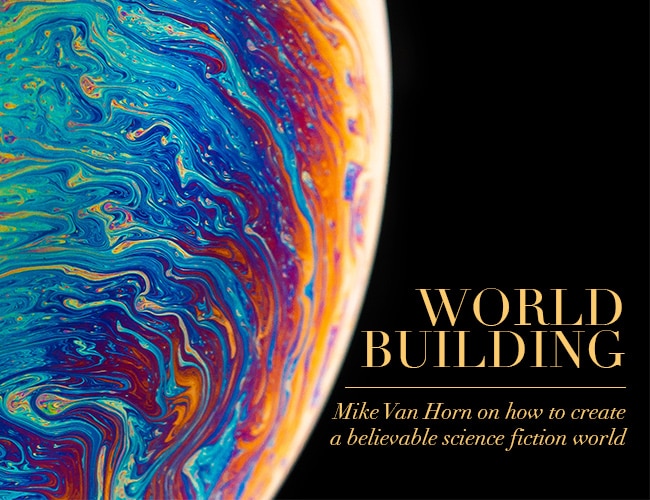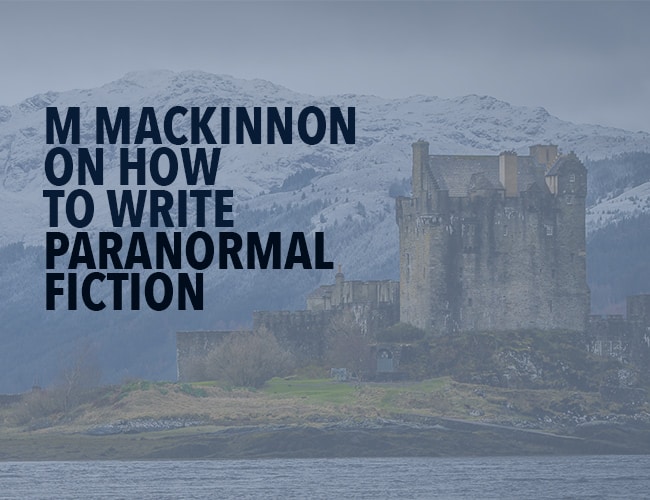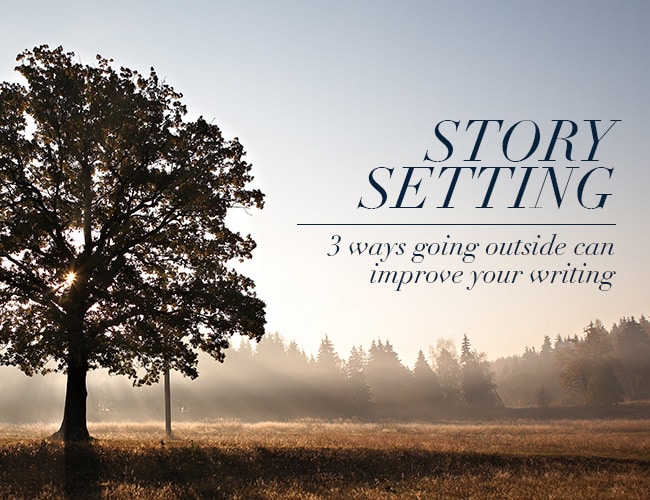
by Sarah Gribble |
There’s an old, worn-out adage about writing: Write what you know. Which is fine if you’re writing about the day-to-day life of Earth, but what if you want to write about a world you don’t know? Today, we’re talking with science fiction author Mike Van Horn about world building and immersing your readers in that world.

by Sarah Gribble |
Writing fiction with paranormal elements can be tricky, especially in a modern setting. You want your readers to suspend their disbelief and just go with the story. You don’t want them to roll their eyes because the concept of your paranormal world is too far-fetched. Today we’re talking with paranormal romance writer M MacKinnon to get her take on writing paranormal fiction.

by Sarah Gribble |
Our job as writers is to transport our readers into our stories. A high-octane plot and three-dimensional characters are obviously necessary to accomplish this goal, but so is an immersive setting.
Setting is often overlooked when describing a scene. We all want to move on to the next plot twist and wasting important space on what trees look like will just bore the readers, right?
Wrong.
To draw readers fully into a scene, we need setting. We want them to forget they’re reading and make them experience everything our characters are experiencing.
Sometimes, you can get away with building your setting straight from your imagination. Sometimes, you can’t.

by Sarah Gribble |
How many times have you heard someone say a character in a movie or book felt “flat” or cliché? As writers, we want to create strong characters our readers will fall in love with. We don’t want readers to be bored or roll their eyes at the people we’ve created. Today we’re talking with romance author Callie Sutcliffe on how to develop characters readers care about.




